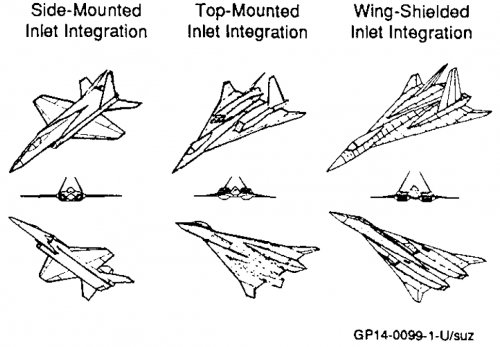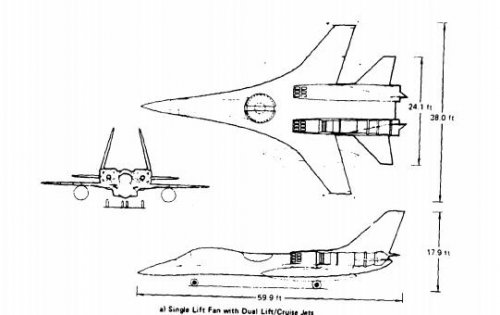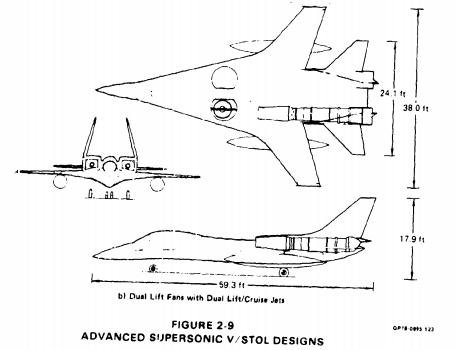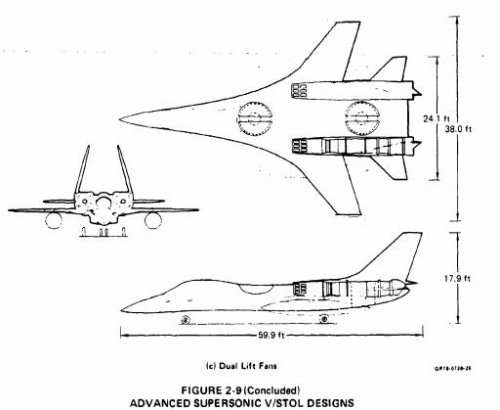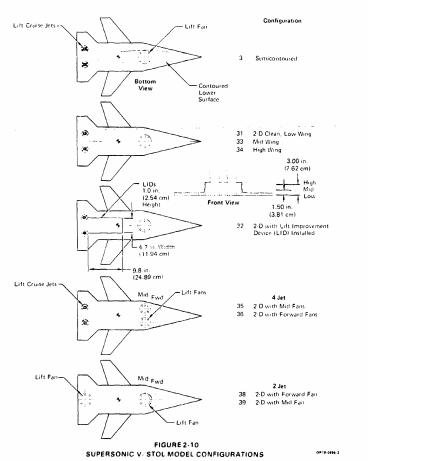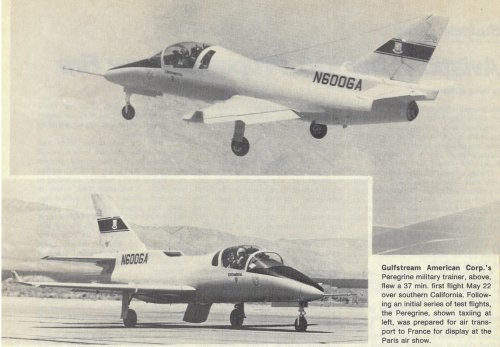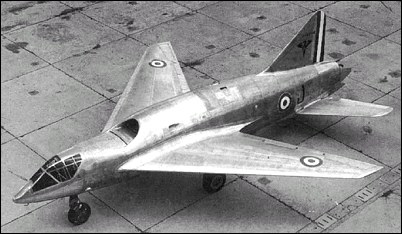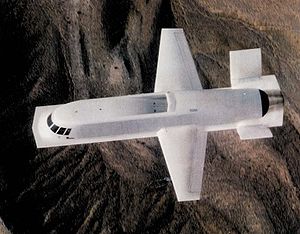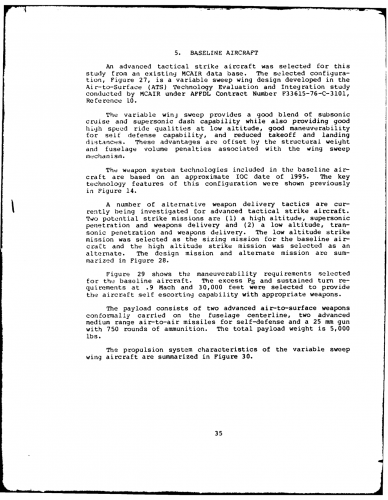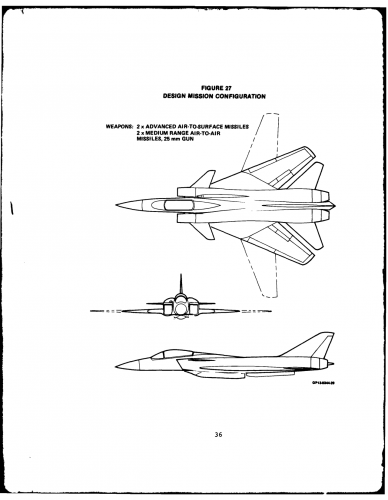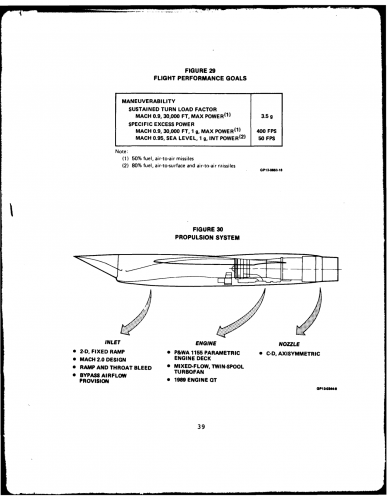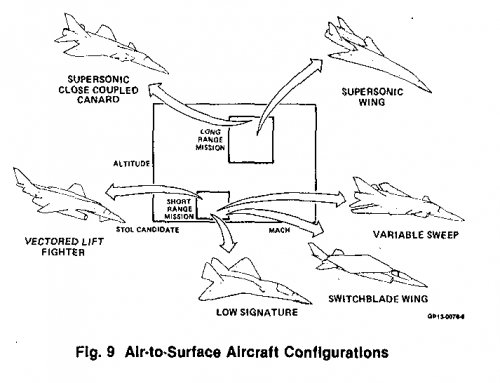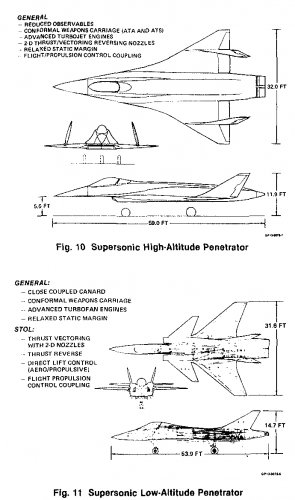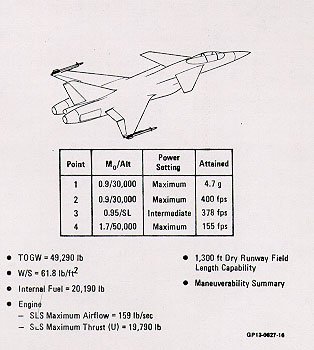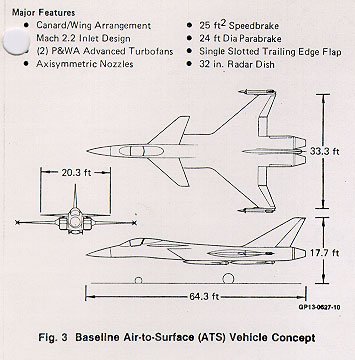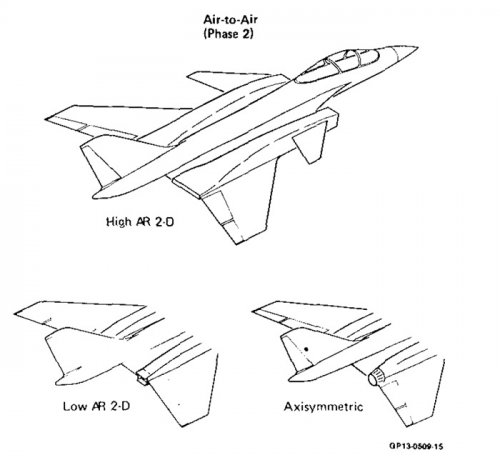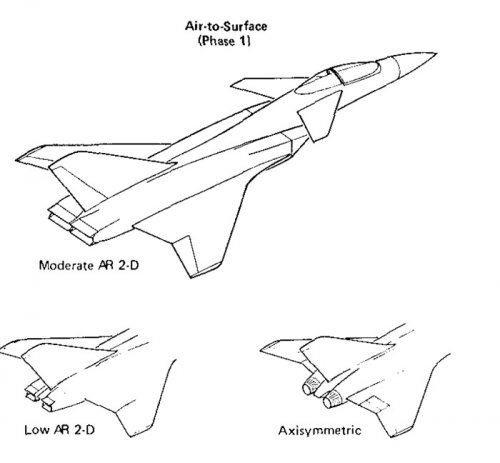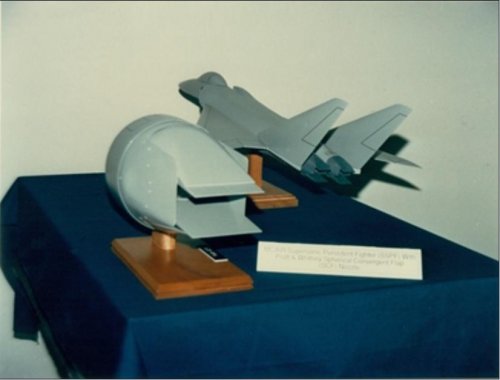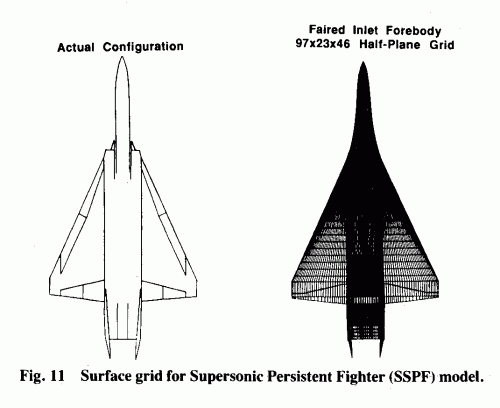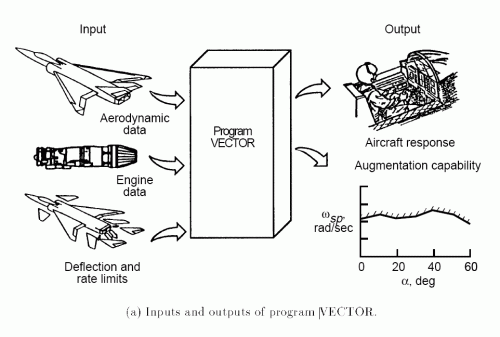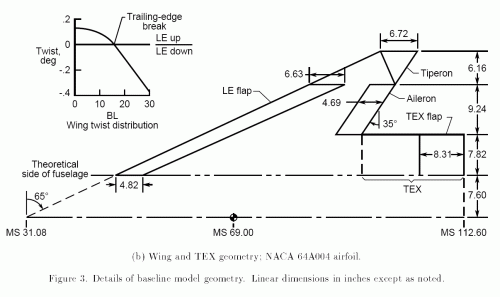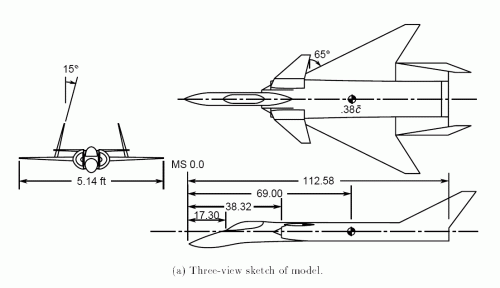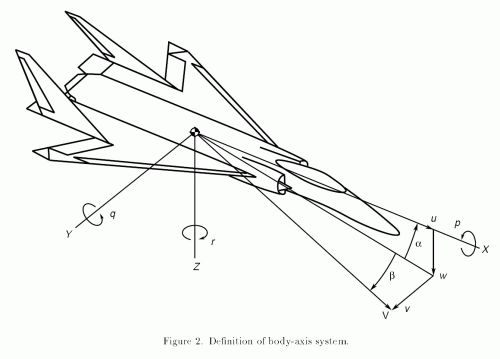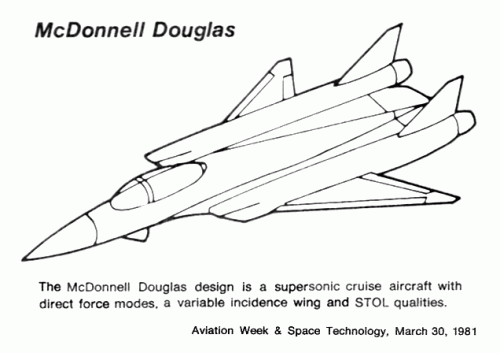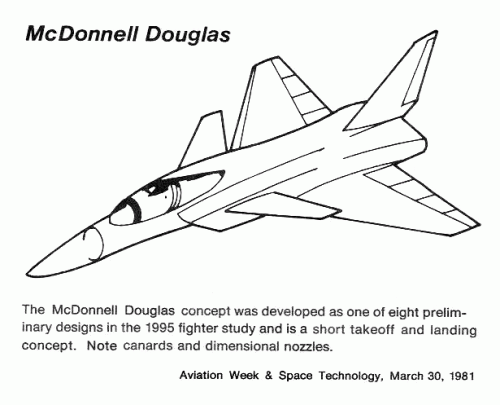Apollo Leader
ACCESS: Restricted
- Joined
- 22 May 2007
- Messages
- 34
- Reaction score
- 11
For those thinking the above model (the one circled in red) is McDonnell Douglas' ATF design, here's their original, declassified painting. The wing trailing edge and the rear end of both aircraft are different. Maybe it's an earlier submission, but it would be interesting if a full picture of that model could be revealed. Since it was a Lockheed Martin event, it's probably a Lockheed or General Dynamics ATF design.
On a side note, I wish Jay Miller in his F/A-22 Aerofax book would have properly identified General Dynamics' pre-ATF and ATF designs (pretty much everything from pages 7 through 13) as being their designs, not Lockheed's. I have to say that is a disservice to both the enginers at General Dynamics and at Lockheed from that period. An enthusiast like me knows it, but just anyone picking up the book may not.
On a side note, I wish Jay Miller in his F/A-22 Aerofax book would have properly identified General Dynamics' pre-ATF and ATF designs (pretty much everything from pages 7 through 13) as being their designs, not Lockheed's. I have to say that is a disservice to both the enginers at General Dynamics and at Lockheed from that period. An enthusiast like me knows it, but just anyone picking up the book may not.

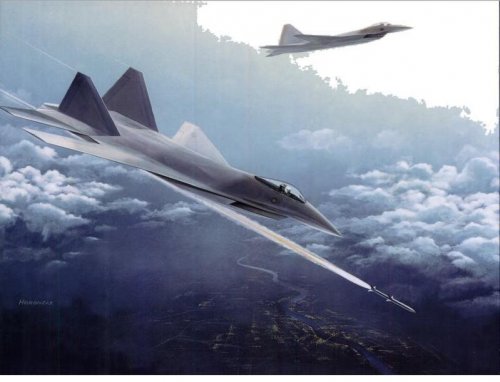
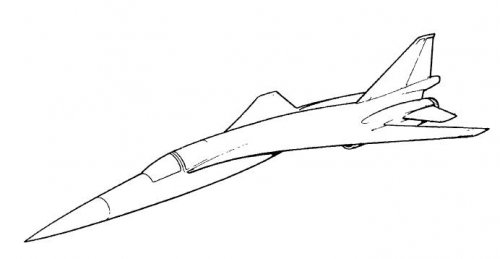
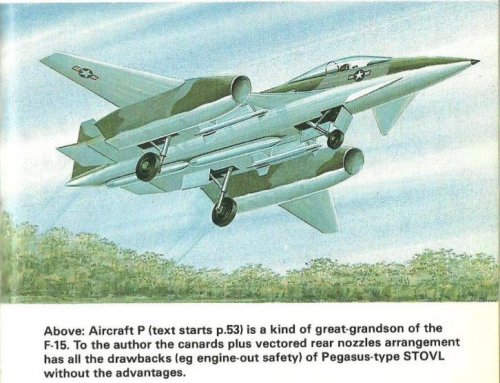
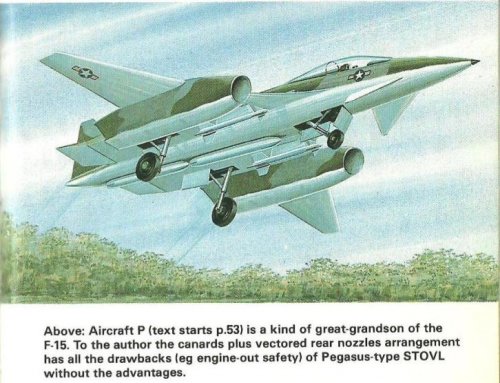
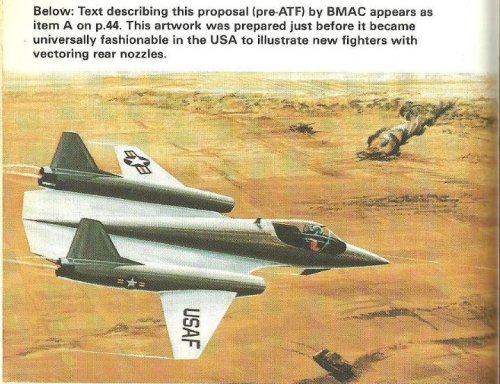
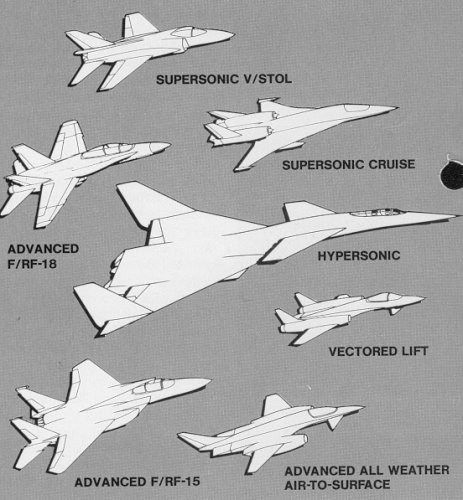

![L-83-8300[1].jpg](/data/attachments/46/46256-2183ef958f43e94eafa7027763c99d72.jpg)
![L-83-8299[1].jpg](/data/attachments/46/46255-f4e40ecdcfa331cd98ff67488364d4f1.jpg)
![L-83-8298[1].jpg](/data/attachments/46/46254-3a19225deff5fc16ea60c64538fc879b.jpg)
![L-83-8297[1].jpg](/data/attachments/46/46253-c8fd7fedc7360b97c7eef105255a1778.jpg)
![L-83-8296[1].jpg](/data/attachments/46/46252-7e122adbe350e086c7f8c116f1d0a611.jpg)
![L-83-8295[1].jpg](/data/attachments/46/46251-c1c33c353980765b2ffc30573afc5ac2.jpg)
![L-83-8293[1].jpg](/data/attachments/46/46250-4fbe6628d0c40e8a2e77aaa3b14105e5.jpg)
![L-83-8294[1].jpg](/data/attachments/46/46249-e076a5792b04238612d8430d75e2dd98.jpg)
![L-83-8303[1].jpg](/data/attachments/46/46259-a0e00a2ef14b678cc118ec539f473a2a.jpg)
![L-83-8302[1].jpg](/data/attachments/46/46258-fd8f29c32464c7a80479a81c85ad447c.jpg)
![L-83-8301[1].jpg](/data/attachments/46/46257-6ed9fb4ed4dd3c1a6fbd5a978d59b30a.jpg)
![L-85-5700[1].jpg](/data/attachments/46/46267-600f1e5586a2ccaaf4344d145f47270e.jpg)
![L-85-5698[1].jpg](/data/attachments/46/46265-b0e43760ddcf05fbdfa2a5fd524fdd58.jpg)
![L-85-5697[1].jpg](/data/attachments/46/46264-6410dfcea1386a14fe68d8e77980280c.jpg)
![L-85-5694[1].jpg](/data/attachments/46/46263-5a4bbb31ee10743cc4cd4fb9ae354c5b.jpg)
![L-85-5696[1].jpg](/data/attachments/46/46262-9fdf3bce9696ec13822cdba4ad3f401d.jpg)
![L-85-5695[1].jpg](/data/attachments/46/46261-4990e9255123be063a1330af3277d0e9.jpg)
![L-85-5693[1].jpg](/data/attachments/46/46260-5bfa868cf15cb560c17e0cd1d482d966.jpg)
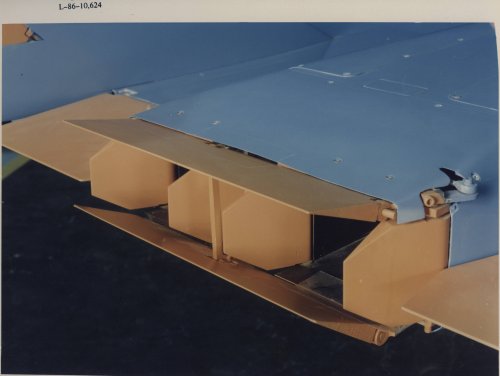
![L-86-10626[1].jpg](/data/attachments/46/46269-39f4097cc65d954c75a8205c823869d1.jpg)
![L-86-10625[1].jpg](/data/attachments/46/46268-3b261d1c0a99056d7b0da37eee48343e.jpg)
